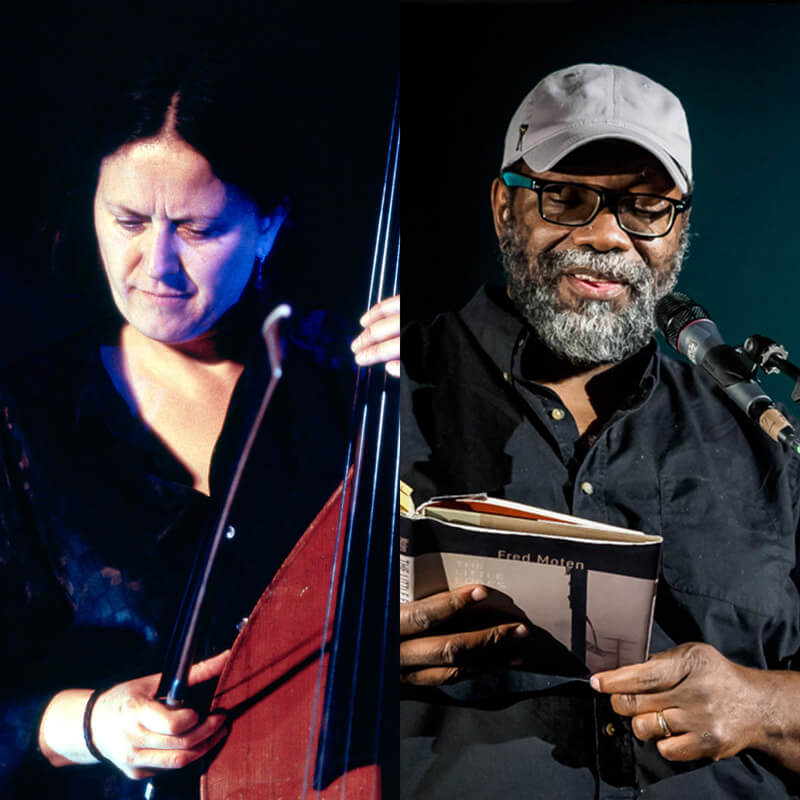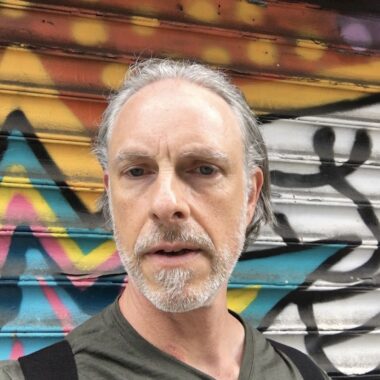“Community” is a word that arts organizations use a lot these days, and I in no way want to undercut the sincerity behind that when I point out that the word’s popularity is fundamentally driven by the kind of grant-writing-thinking that pretty much every arts organization has to adopt in contemporary American life in order to even hope for some of the crumbs of public funding that don’t get swallowed up by Lincoln Center and other big name institutions. In our current culture of culture, the rich institutions are rich because they attract rich people, their richness is a prominent part of their endurance, and that richness gets further rewarded by the National Endowment for the Arts, the New York State Council on the Arts, and others. Success is rewarded, need and quality are sometimes fulfilled, as long as you can demonstrate how your project is going to productively engage with the “community.”
Just what is that community? In jazz, it’s based around what the people in this community have for at least three-quarters of a century called the “scene.” The scene is both external and internal, group- and individual-based, the collection of musicians who play regularly, the places they play, the people who go see them play. Nobody says this anymore, but jazz heads used to make the scene, be “scenesters.” The scene is a real thing, though, felt both through its presence and absence, and changes are palpable. Like, I know the scene still misses the late, great, irreplaceable Steve Dalachnisky.
Steve was a regular pretty much every place jazz was being played, an embodiment of the scene. A leader in this community through his own enduring presence, you always saw him at the Vision Festival, and seeing him, you knew that you were in the presence of a community. And no jazz event in New York City comes closer to making and supporting a community that the Vision Fest. It’s not the only major jazz event, the Winter Jazzfest has its own substantial presence and is certainly larger in both geography and personnel, but what the Vision Fest does so well is bring in likeminded people—those who gather together because they share smilier values—and, for a period, creates a real home. This year, like most years, for the 27th edition running June 10 and 12-18, that home will be Roulette, mostly. (I have a bad habit of pointing out that Roulette is inside the same YWCA building where John Cage used to occasionally earn some cash by whitewashing the hallways—can’t we make it some kind of heritage site, a place where a great artist managed to temporarily earn a living?)
A community is an extended family, and the Vision Fest’ parents are William Parker and Patricia Nicholson, who pretty much gave birth to it and have, through organizing and performing, been nurturing it into full adulthood. Each as an artist has their own overlapping working and performing communities, very much anchored in New York and the creative jazz scene, so the Vision Fest community is not just notional but a real thing. Through the year, you can find them and the musicians they play with at places like First Park, Nublu, the new FourOneOne in Williamsburg, any place where there is an emphasis on freedom in jazz. In some sense, the festival is an opportunity for so many colleagues to get together in a concentrated way, in front of an audience that can come night after night—community, yes, but more like an extended family reunion.
And what a family! The opening night of concerts is June 13, and it’s a celebration of the great French bassist Joëlle Léandre. In what’s going to be a marathon performance for her, she’s leading four different sets: a trio with flutist Nicole Mitchell and pianist Myra Melford; accompanying poet Fred Moten; returning with another trio of violist Mat Maneri and pianist Craig Taborn; and then finishing with a septet with horns and strings, including Ingrid Laubrock, Steve Swell, Maneri, Jason Kao Hwang, and Joe Morris.
That is one of the major jazz nights for all of 2023 in this city, but of course there’s so much more. One urgent highlight is an actual reunion, the set on June 14 from Gerald Cleaver’s band Black Host. This group’s 2013 release, Life in the Sugar Candle Mines (Northern Spy) is their sole album and still a teeth-rattling mix of free jazz and rock, with a feeling of relaxed but intense concentration, thrilling heaviness and an ensemble direction that is assuring. Almost the whole original band will be together at Roulette, with bassist Pascal Niggenkemper this night replaced by two other bass players, Dezron Douglas and Brandon Lopez. If you can only make it to one night, this is the one I would pick, and not just for Black Host, but also to hear the great bassoonist Karen Borca with scene hero Rob Brown, the great drummer Hamid Drake leading a band that includes Joshua Abrams playing bass and guembri, Jamie Saft at the keys, and tenor saxophonist James Brandon Lewis, while bassist Mark Dresser ends the night with a septet that brings back Mitchell and includes reed player Mary Ehrlich.
Other sets I want to point out include dancer K.J. Holmes and drummer Jeremy Carlstedt in duet and drummer Mike Reed’s Separatist Party (with cornetist Ben LaMar Gay), June 15; Parker and Nicholson each delivering a set, Nicholson dancing to follow Parker’s Maya Space Station Flight 66, with Cleaver, sizzling guitarist Ava Mendoza, and the unsung Lee Mixashawn Rozie playing mandolin and flute, all on a night that opens with vibraphonist Patricia Brennan and closes with the great pianist Matthew Shipp’s quartet and then a late set with Mississippi to NY Freedom Band, all followed by two late night jam sessions at FourOneOne (June 16); and the Saturday and Sunday shows including a youth group led by Parker and the Sun Han Guild (including flutist Laura Cocks) on Saturday, while the Sunday Grand Finale honors legendary bassist Reggie Workman, 85 years strong. That day culminates in a 10pm set with Workman and a band that features pianist Jason Moran, vocalist, Jen Shyu, tenor saxophonist Odean Pope, and drummer Gerry Hemingway, while earlier Workman accompanies poet Kayo, and the evening starts with an augmented version of 75 Dollar Bill.
With all this music, you’re likely to be caught between exhilaration and exhaustion. You can cool out with some compelling community events: June 10 is the afternoon-long “Conference on the Legacies of Black Creative Arts / Spirit of the Ancestors” at The Clemente, with Nicholson, academics and musicians discussing the spirituality that drives and is embodied in the kind of creative jazz that reaches toward a free and existential expression, and how that can be part of a struggle for justice. At Roulette on the afternoon of June 12, there’s a symposium on “The Ecology of Media and Music,” focusing on accessibility and inclusivity in the creative arts.
There are also film screenings on June 10 and 12 at The Clemente and Roulette, respectively, including a documentary on artist Robert Janz and one on the personal journey of saxophonist Sonny Simmons. These are all parts of the concentration of bringing people together into a community that sees the possibilities in freedom.
For schedules and tickets, go to www.artsforart.org/vision.html
Author
-

George Grella wrote the book on Miles Davis’ Bitches Brew. He write other stuff too. killyridols.substack.com/
View all posts
George Grella wrote the book on Miles Davis’ Bitches Brew. He write other stuff too. killyridols.substack.com/










